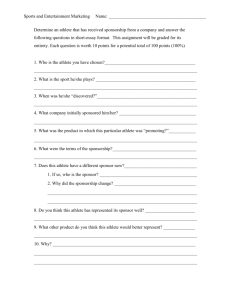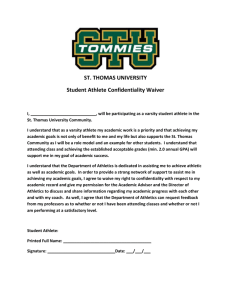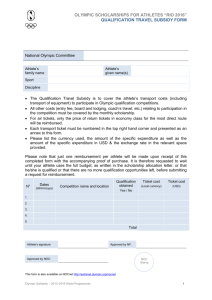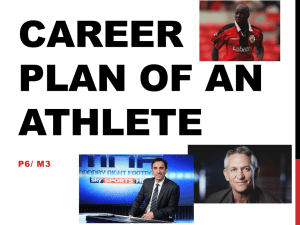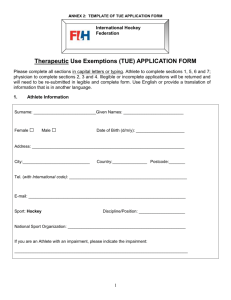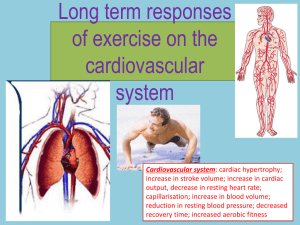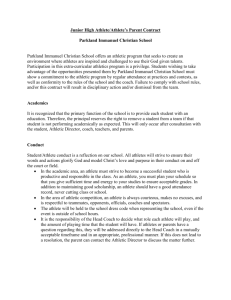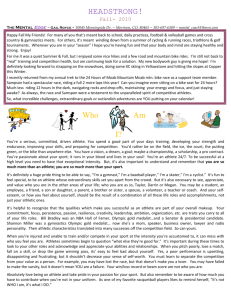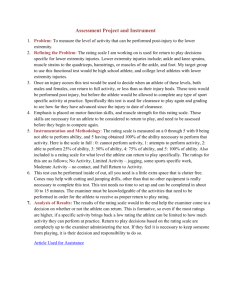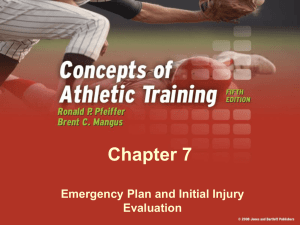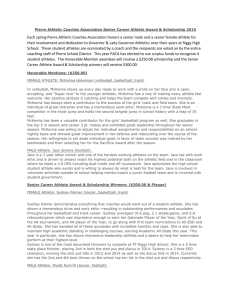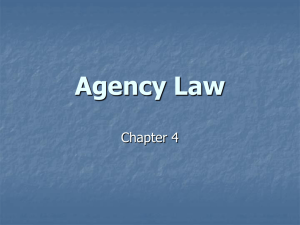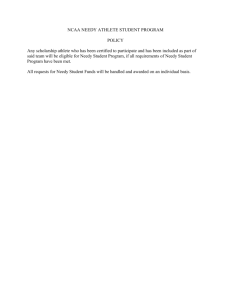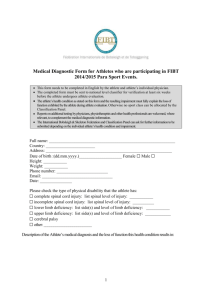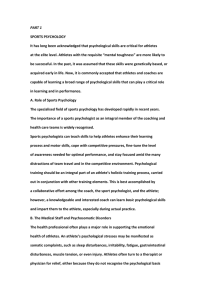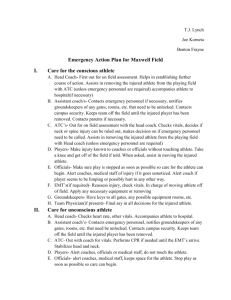Motivation: The Passion for Success
advertisement
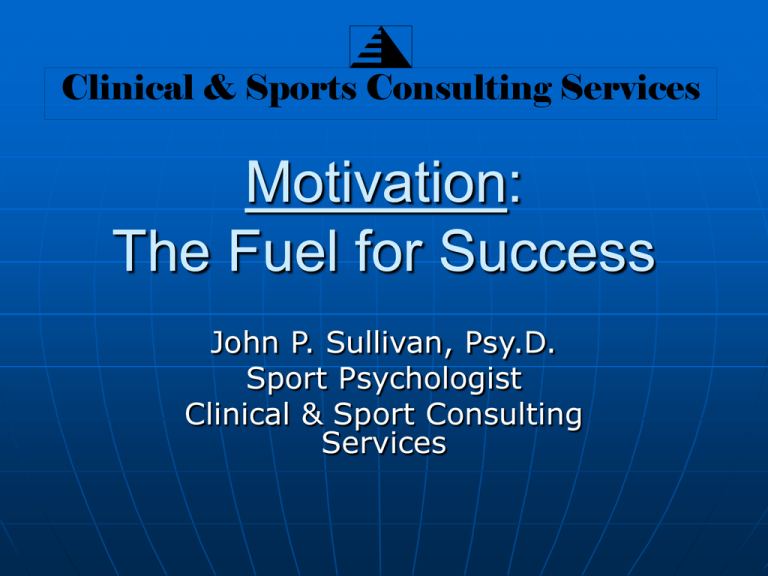
Clinical & Sports Consulting Services Motivation: The Fuel for Success John P. Sullivan, Psy.D. Sport Psychologist Clinical & Sport Consulting Services Ideal Performance State Intense focus Present orientation – in the moment Confidence in your abilities Calmness/relaxation Energetic Enjoyment/fun/joy Alert/self-aware Compiled from Ravissa, Miner, Loehr The Complete Athlete Emotional Excellence Mental Excellence Physical Excellence Motivation Why are some motivated while others are not? Motivation requires energy focused in two dimensions -Direction is choosing particular goals over others - Intensity is the fuel necessary to achieve the goal Motivation Basics Intrinsic and Extrinsic Motivation Direct and Indirect Motivation Sense of Control Personal Needs Can’t be seen but is FELT!! Thinking Affects Motivation! Feelings/Emotions Thoughts Behavior/Performance SMART Goal Setting Specific – Make goals specific Measurable – Can you measure your progress? Adjustable – Can you modify your goal based on progress? Realistic – Make sure the goal is a ‘stretch’ Time oriented – Determine dates by which you’d like to achieve goals Goal Setting Ladder Set short-term, medium range, and long-term goals Conduct a ‘roadblock analysis’ of potential barriers to goal achievement Mark your progress Additional Goal Setting Tips Goals should be positive Goals should be precise – Set dates by which you want to achieve specific goals Goals should be manageable – Don’t get overwhelmed by setting too many goals at once Write down your goals – It makes them more real Final Words on Goal Setting Goal Setting A Combination of team and individual goals maximizes motivation BE RELENTLESSLY POSITIVE Provide Positive Feedback Maintain Responsibility for Success Acknowledge Growth Points Find Fun in What You Do! Visualize Success Emphasize Performance Over Outcomes Motivating Communication Be positive Sandwich any criticism between positive feedback/ positive instruction Keys to Communicating Effectively Listen effectively • Don’t interrupt • Maintain good eye-contact • Paraphrase the message to encourage your athlete Keys to Communicating Effectively Express yourself correctly - Tone and body language communicate more than the words we use - Remember to be positive - Keep in mind: ‘Would you rather be right or effective?’ Patterns of Motivation The Learned Helpless Athlete The Fear of Failure Athlete The Fear of Success Athlete The Perfectionist Athlete The Under-Achieving Athlete Learned Helpless Athlete Redefine success •Focus on performance Chart improvement Focus on short-term goals Be positive Arrange opportunities to succeed Fear of Failure Athlete Provide consistent approval for both winning and losing Encourage learning from losses Help emphasize the process over outcome Fear of Success Athletes Provide a focus on goals Provide preparation for being #1 Help them to visualize success Encourage and support both winning and losing The Perfectionist Athlete Emphasize a strong association between strong workouts and recovery Reinforce enjoyment Create an environment of process over outcome Encourage balance in their lives The Under-Achieving Athlete Establish a verbal commitment/contract Educate about the effortsuccess ratio • (Success = Ability + Preparation + Effort +Will) Stress self-improvement Clinical & Sports Consulting Services Consultation for Mental Health Concerns, Sports Performance Enhancement & Performance Psychology John P. Sullivan, Psy.D. Chief Consultant Phone: (401) 258-6754 Fax: (401) 874-5010 jpsnc@earthlink.net

